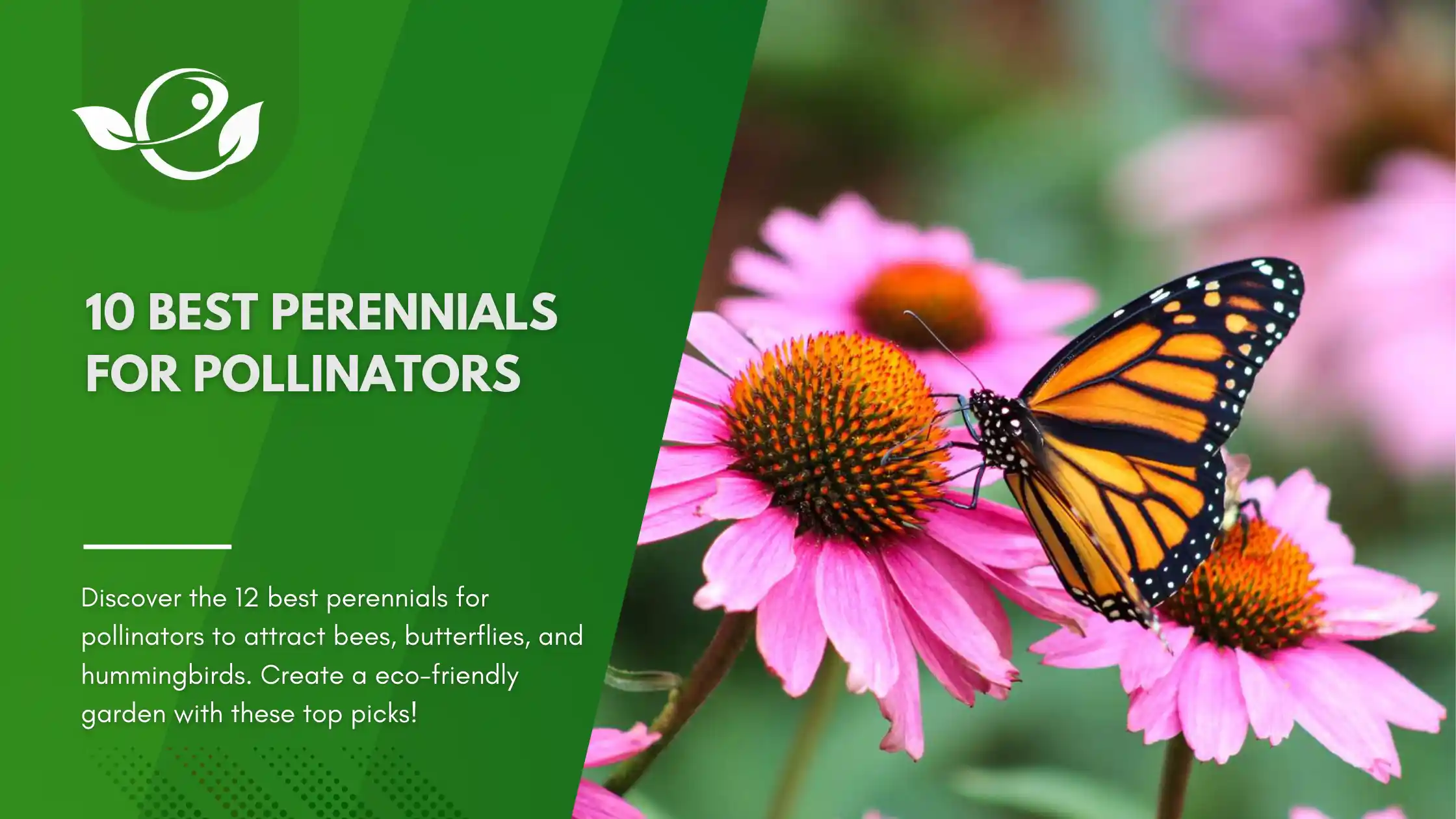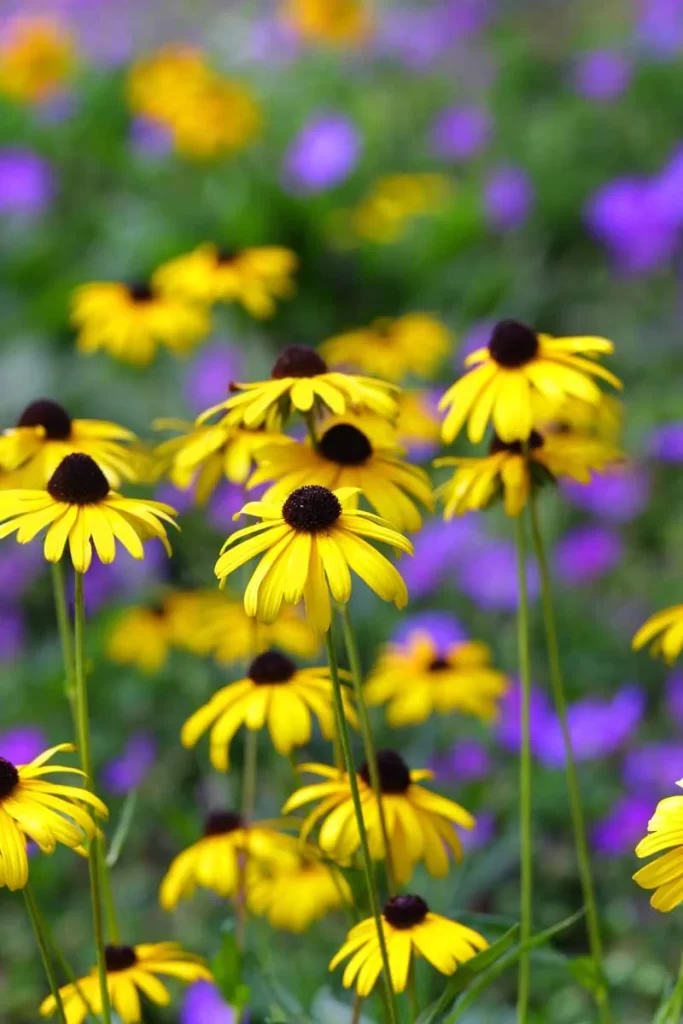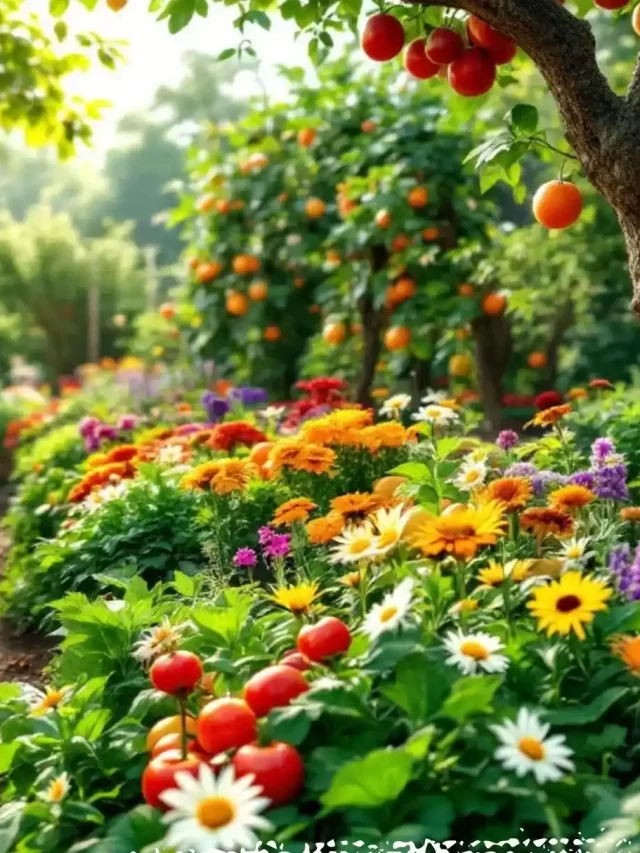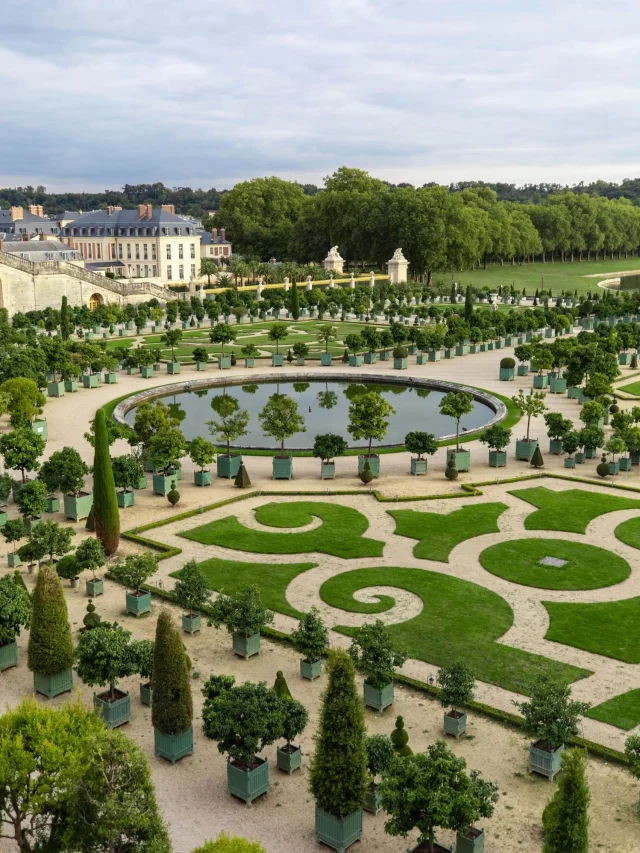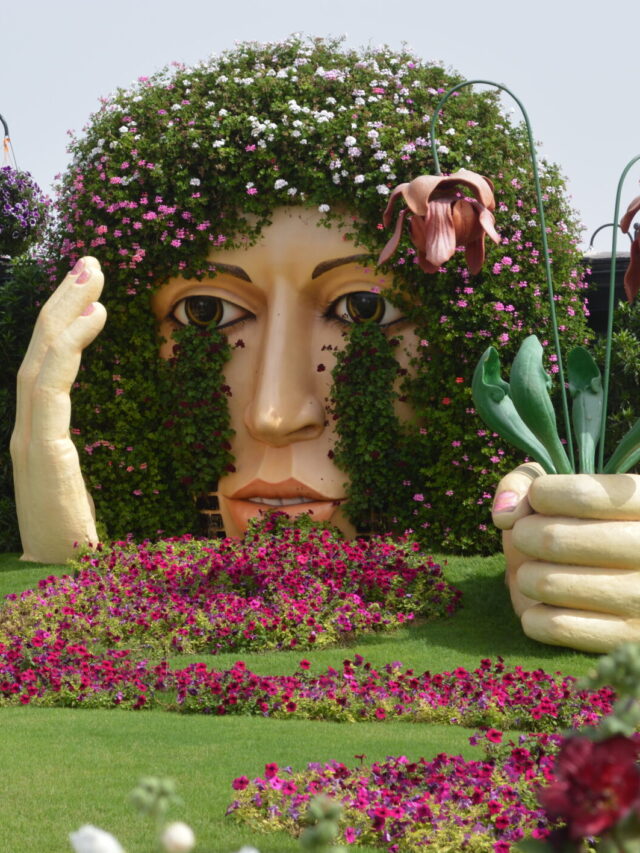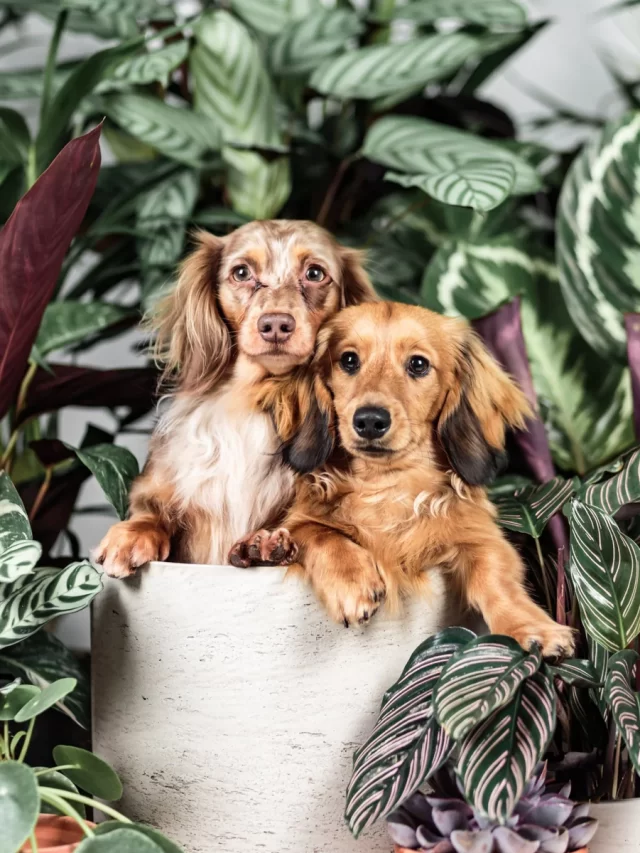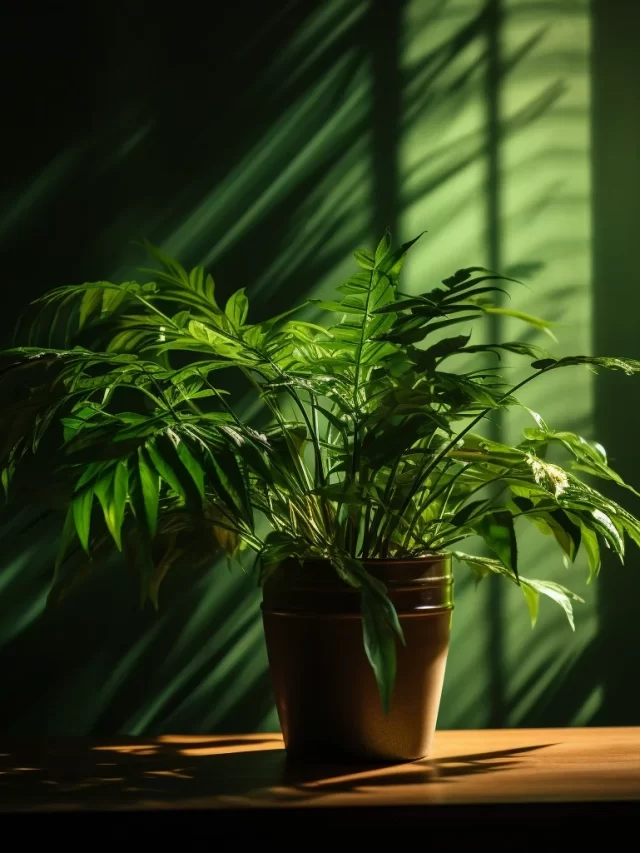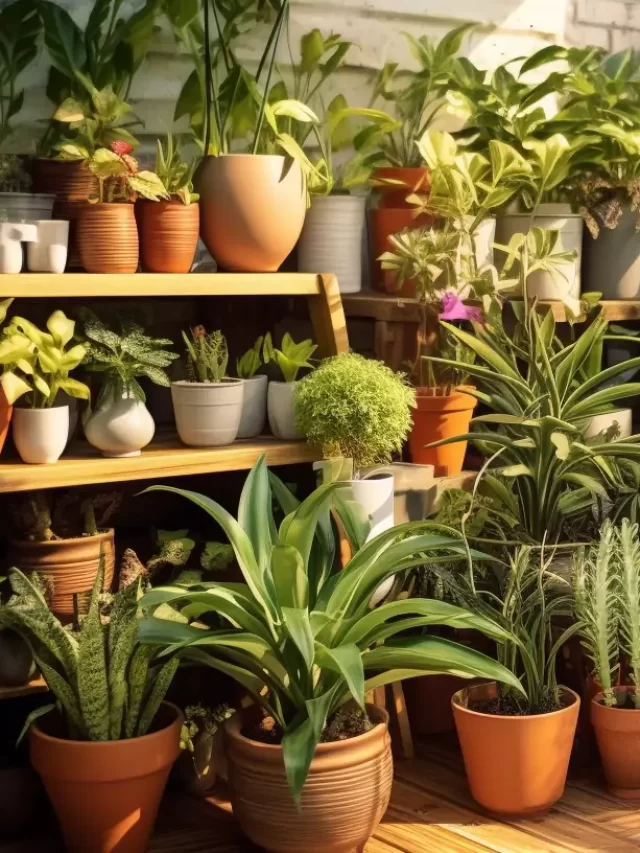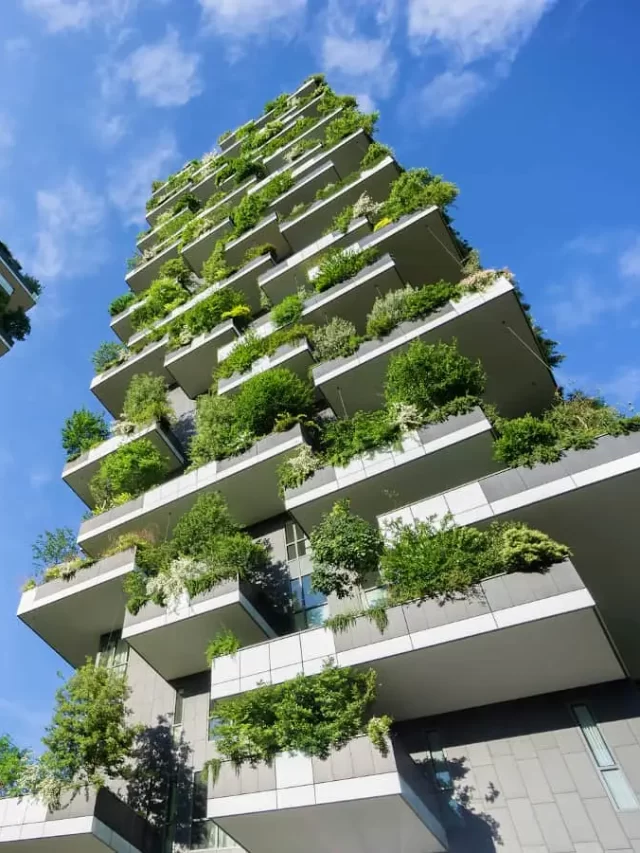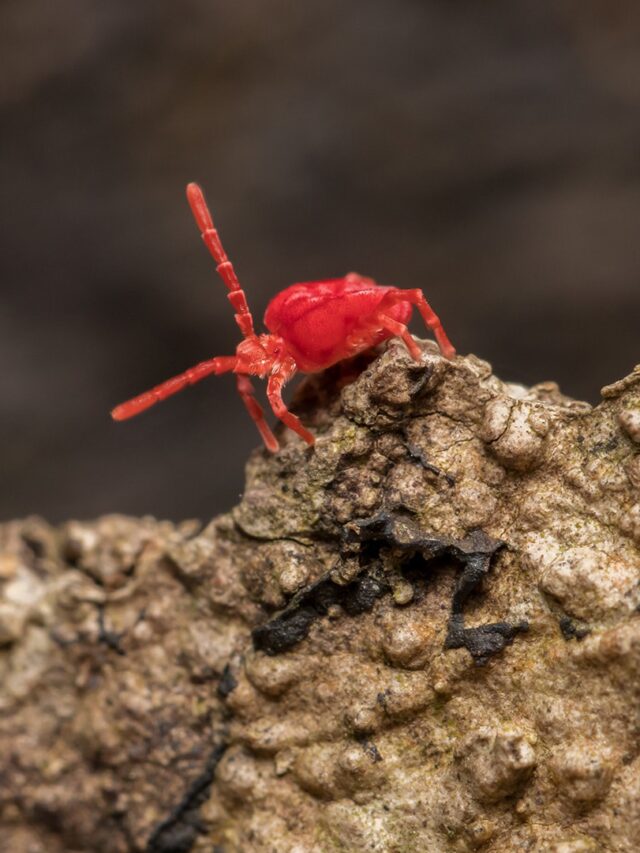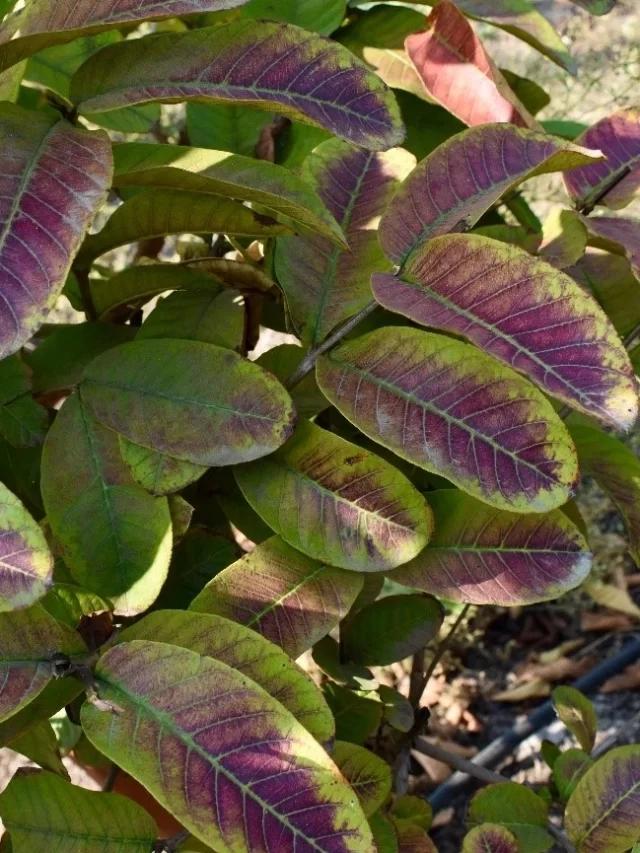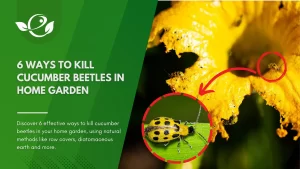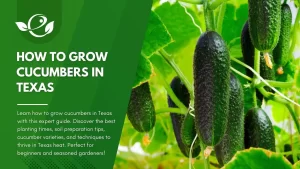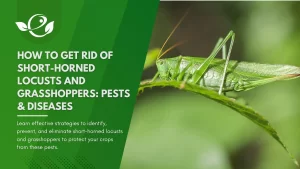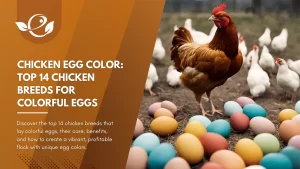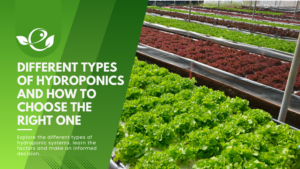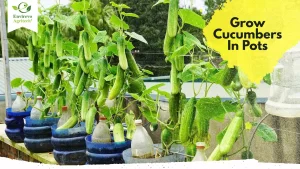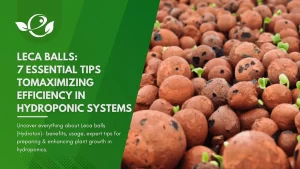Table of Contents
A garden that buzzes, flutters, and hums with life is more than just a feast for the eyes; it’s a sanctuary for the essential pollinators that power our ecosystems. Among the most reliable and rewarding plant choices are perennials, with their enduring beauty and resilience. Year after year, these plants return, creating a vibrant and sustainable habitat for bees, butterflies, hummingbirds, and other pollinators. The right perennials can transform any garden space into a thriving pollinator paradise, bringing ecological balance and contributing to the health of the surrounding environment.
In recent years, gardeners have become increasingly aware of the critical role pollinators play. With habitat loss and environmental pressures endangering many pollinator species, growing the right plants can make a difference. By choosing specific perennials, you not only ensure an ongoing food supply for pollinators but also enhance your garden’s vitality. The allure of pollinator-friendly perennials lies not only in their flowers but in their unique relationship with the creatures that visit them.
Let’s explore the twelve best perennials for pollinators that will bring life and purpose to your garden, each with distinct characteristics that contribute to a flourishing habitat.
Why Choose Perennials for Pollinators?
Perennials are particularly well-suited to support pollinators due to their long-lasting nature and easy-care attributes. Unlike annuals, which require replanting each year, perennials establish themselves in the soil, returning every season to provide dependable sources of nectar and pollen. They offer a sustainable gardening option and reduce maintenance costs and time. These plants also adapt well to local climates, especially native varieties, which have evolved alongside local pollinators, making them an excellent match for their needs.
In addition to their longevity, perennials contribute significantly to a garden’s biodiversity. With carefully chosen varieties, your garden can provide food and shelter for various pollinators throughout the year, even in early spring and late fall. When you plant perennials, you’re not just growing a garden; you’re cultivating a mini-ecosystem.
Essential Factors for Selecting Pollinator-Friendly Perennials
Selecting the right perennials for pollinators involves more than just choosing visually appealing flowers. Here are key factors to consider:
- Color: Pollinators are often drawn to specific colors. Bees prefer purple, blue, and white, while hummingbirds and butterflies are attracted to bright reds, pinks, and yellows.
- Flower Shape and Size: Certain pollinators favor specific flower shapes. For instance, tubular flowers are a favorite for hummingbirds, while flat or daisy-like flowers attract bees and butterflies.
- Bloom Time: Staggered bloom times ensure a steady supply of nectar and pollen. This will sustain pollinators from early spring through late fall.
- Native Plants vs. Exotic Varieties: Native plants tend to be more effective in attracting local pollinators and are often easier to maintain.
With these considerations in mind, here are twelve perennials that will not only enhance the beauty of your garden but will also turn it into a haven for pollinators.
12 Best Perennial Plants For Pollinators
1. Coneflower (Echinacea)
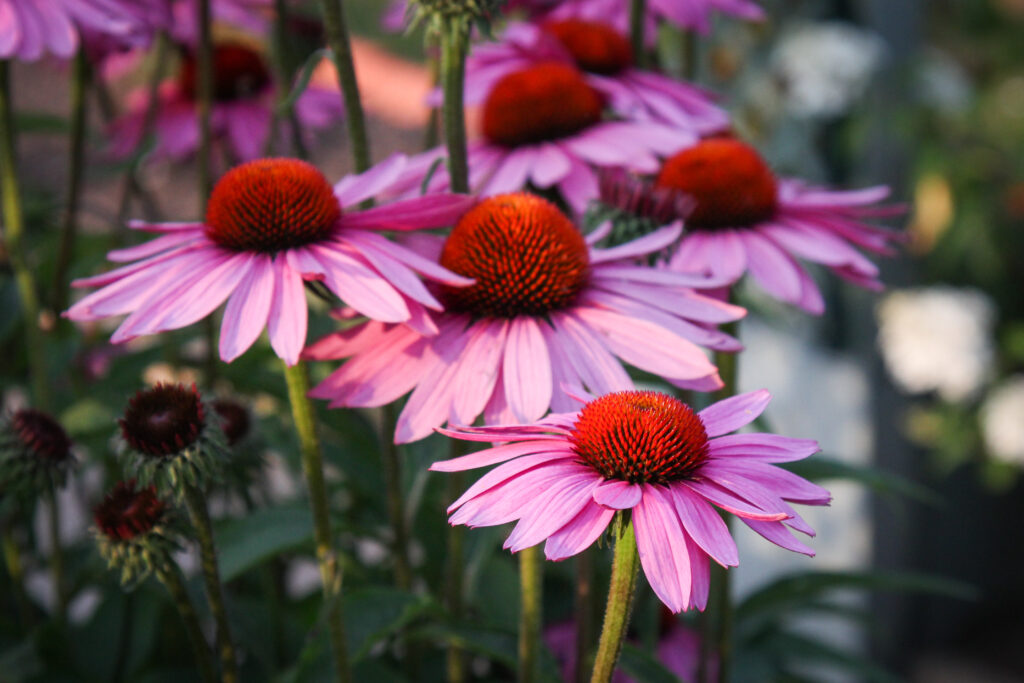
Coneflowers are beloved for their showy, daisy-like blooms and hardy nature. These perennials attract bees, butterflies, and birds, providing both nectar and seeds for various pollinators. Known for their resilience to drought and heat, coneflowers make an easy addition to any garden.
- Pollinator Appeal: Coneflowers are especially attractive to bees and butterflies, providing ample nectar.
- Growing Tips: Plant in full sun with well-draining soil. Deadhead spent blooms to encourage more flowers.
- Zone: 3–9
- Height: 2–4 feet
- Bloom Time: Mid-summer to early fall
- Flower Color: Purple, pink, white, and yellow
2. Black-eyed Susan (Rudbeckia)
The cheerful yellow petals and dark centers of Black-eyed Susans make them a garden favorite. Besides adding a pop of color, they are highly effective at attracting a wide range of pollinators, including bees and butterflies.
- Pollinator Appeal: Loved by bees and butterflies, with seeds that attract birds in fall.
- Growing Tips: Plant in full sun. They thrive in various soil types and are drought-tolerant.
- Zone: 3–9
- Height: 1–3 feet
- Bloom Time: Late summer to fall
- Flower Color: Yellow with dark brown or black centers
3. Bee Balm (Monarda)
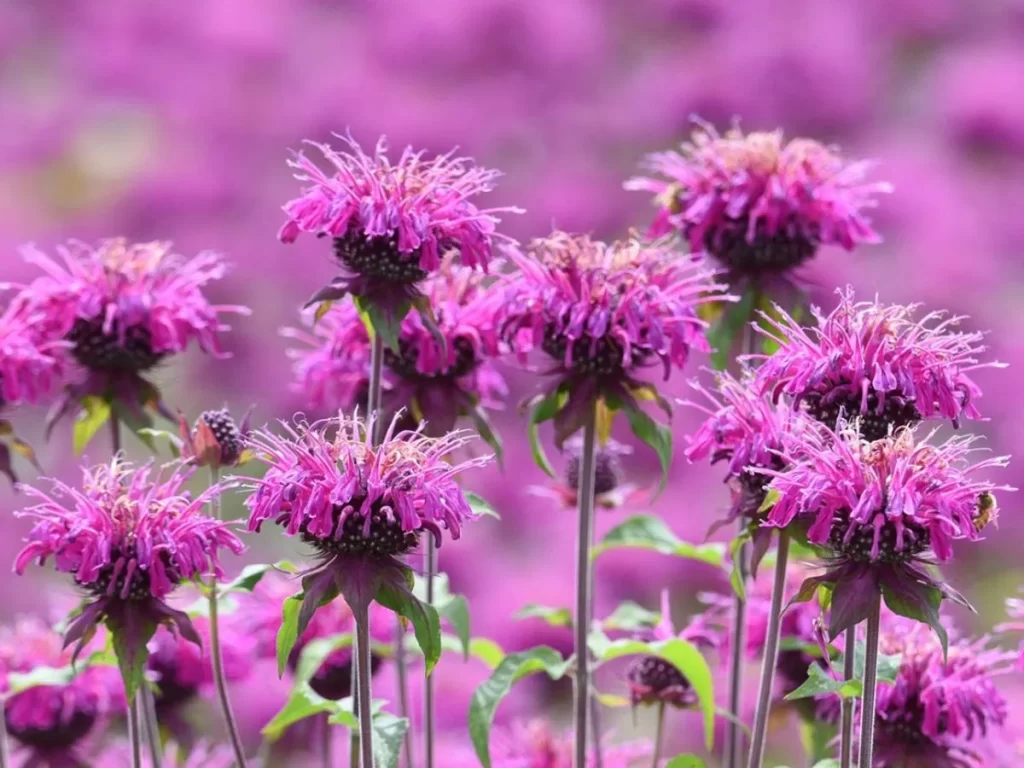
Bee balm is a magnet for hummingbirds, bees, and butterflies. With its unique, tubular flowers, bee balm adds a vibrant splash of color and a lovely minty fragrance to the garden.
- Pollinator Appeal: This perennial is particularly popular among hummingbirds and bees.
- Growing Tips: Plant in moist, well-drained soil with full sun to partial shade. Regular pruning helps maintain its shape.
- Zone: 3–9
- Height: 2–4 feet
- Bloom Time: Early to late summer
- Flower Color: Red, pink, purple, and white
4. Lavender (Lavandula)
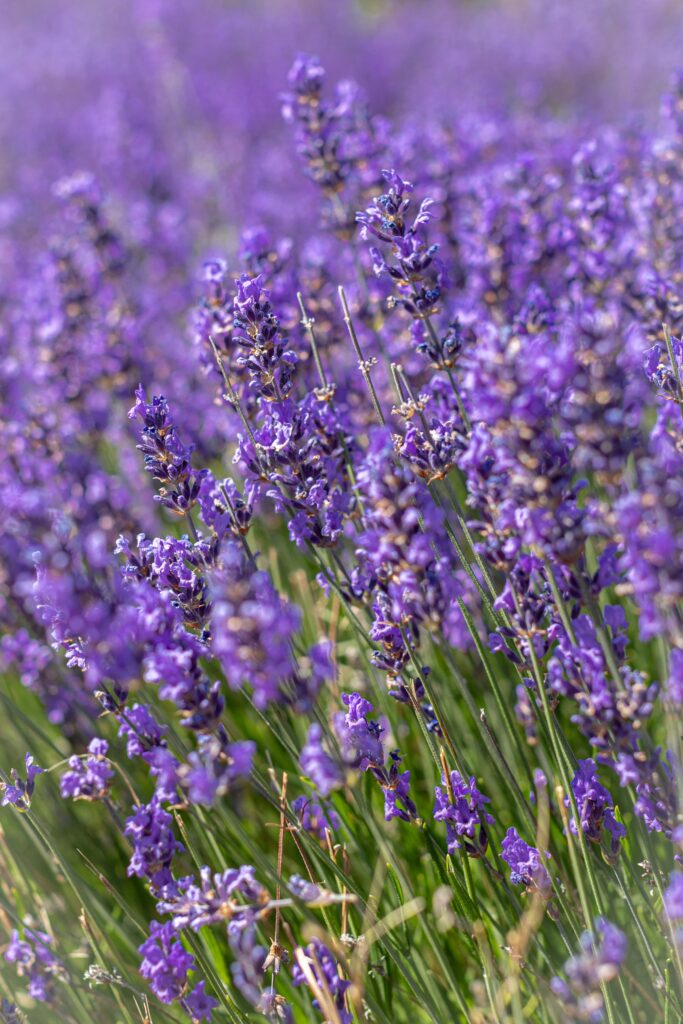
Lavender’s fragrant purple flowers are as attractive to pollinators as they are to gardeners. Known for its calming scent, lavender is a robust perennial that can tolerate hot, dry conditions.
- Pollinator Appeal: Highly attractive to bees.
- Growing Tips: Plant in full sun with well-drained soil. Avoid overwatering, as lavender prefers drier conditions.
- Zone: 5–9
- Height: 1–3 feet
- Bloom Time: Late spring to early summer
- Flower Color: Purple, blue, pink, and white
5. Milkweed (Asclepias)
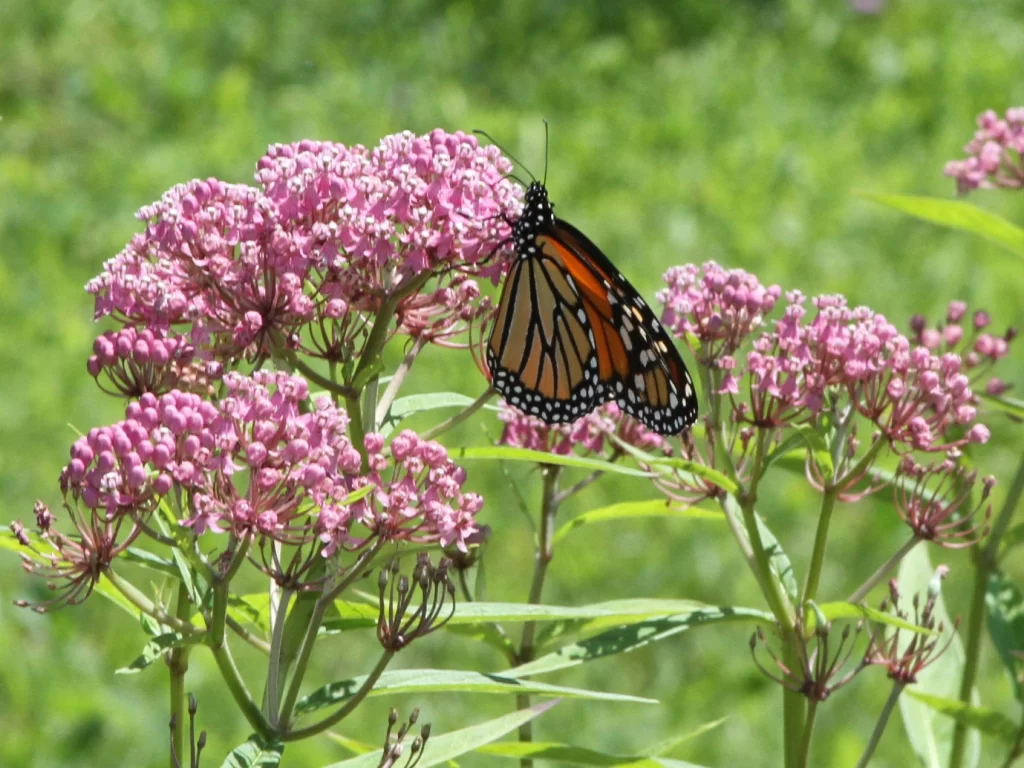
Milkweed plays an essential role in the life cycle of monarch butterflies, which rely on it for egg-laying and larval food. The pink, orange, or white blooms are also a rich source of nectar for various pollinators.
- Pollinator Appeal: Milkweed is critical for monarch butterflies and attracts bees.
- Growing Tips: Plant in full sun. Milkweed thrives in various soil types and is drought-tolerant.
- Zone: 3–9
- Height: 2–5 feet
- Bloom Time: Early to late summer
- Flower Color: Pink, orange, yellow, white
6. Salvia (Salvia spp.)
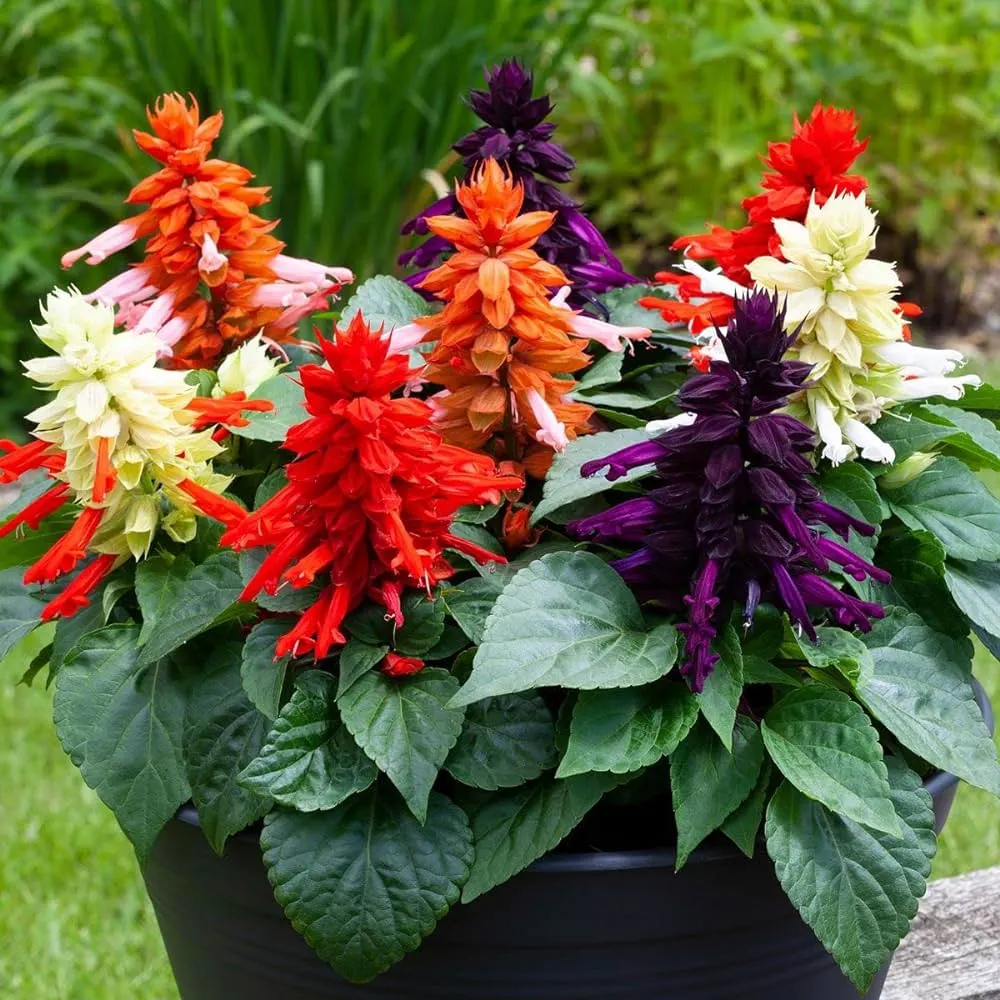
Salvia’s spiky blooms add architectural interest to the garden, and its nectar-filled flowers are irresistible to hummingbirds and bees. This perennial’s long blooming period makes it a valuable food source.
- Pollinator Appeal: Attracts bees, hummingbirds, and butterflies.
- Growing Tips: Plant in full sun with well-drained soil. Regular deadheading encourages continued blooming.
- Zone: 4–9
- Height: 1–4 feet
- Bloom Time: Late spring to fall
- Flower Color: Blue, purple, pink, red, and white
7. Phlox (Phlox paniculata)
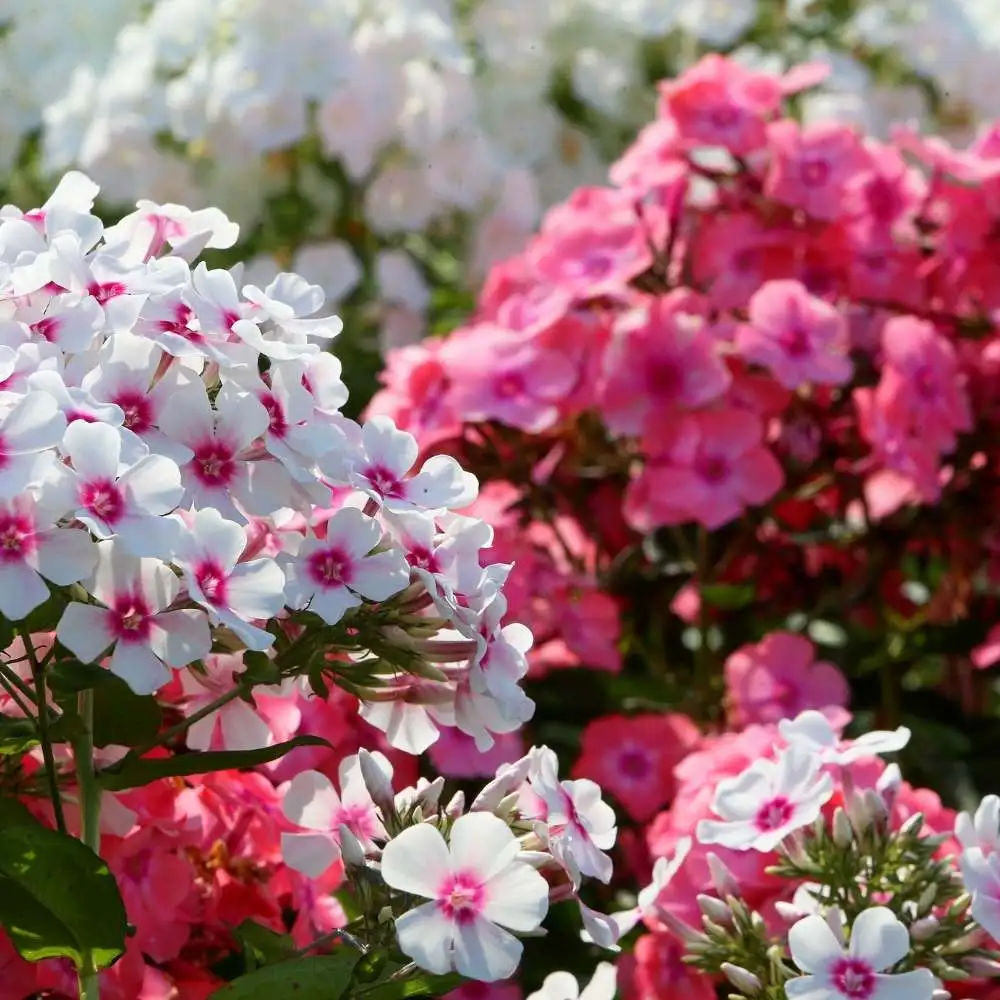
Phlox adds an explosion of color with its clusters of flowers, and its sweet fragrance attracts butterflies. Available in a variety of colors, it’s an adaptable and visually appealing choice.
- Pollinator Appeal: Highly attractive to butterflies.
- Growing Tips: Plant in full sun or partial shade with moist, well-drained soil. Phlox is prone to mildew, so ensure good air circulation.
- Zone: 4–8
- Height: 2–4 feet
- Bloom Time: Mid-summer to early fall
- Flower Color: Pink, purple, white, red
8. Goldenrod (Solidago)
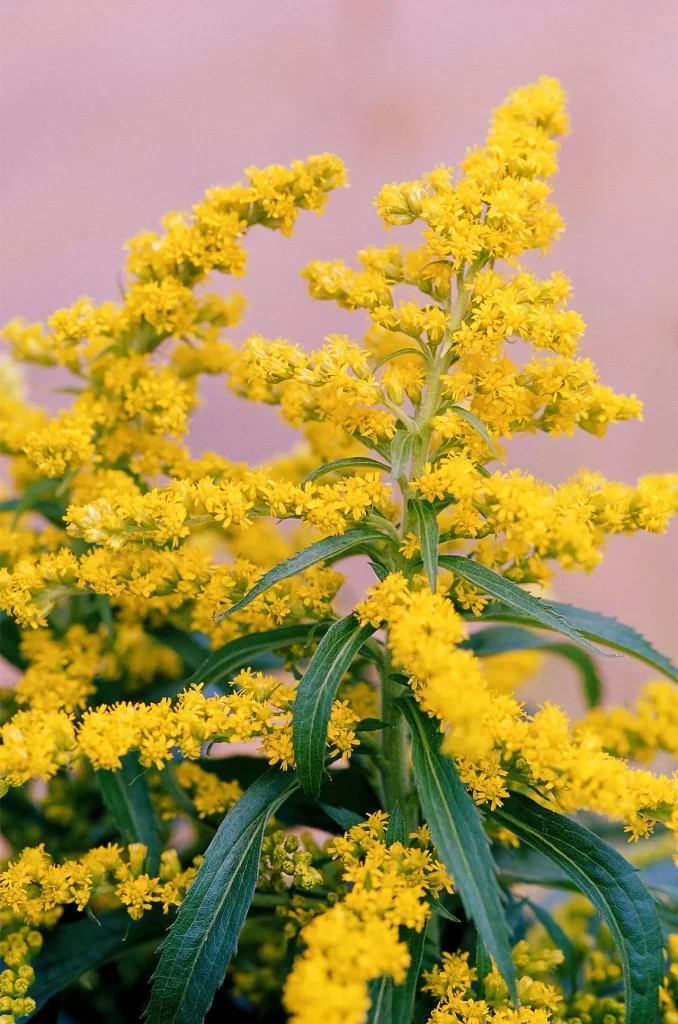
Goldenrod’s vibrant yellow flowers are an important late-season food source for pollinators. Contrary to popular belief, goldenrod pollen doesn’t cause allergies; it’s an excellent plant for bees and butterflies.
- Pollinator Appeal: Attracts bees and butterflies.
- Growing Tips: Plant in full sun with well-drained soil. Goldenrod is drought-tolerant and low-maintenance.
- Zone: 3–9
- Height: 1–4 feet
- Bloom Time: Late summer to fall
- Flower Color: Yellow
9. Joe Pye Weed (Eutrochium)
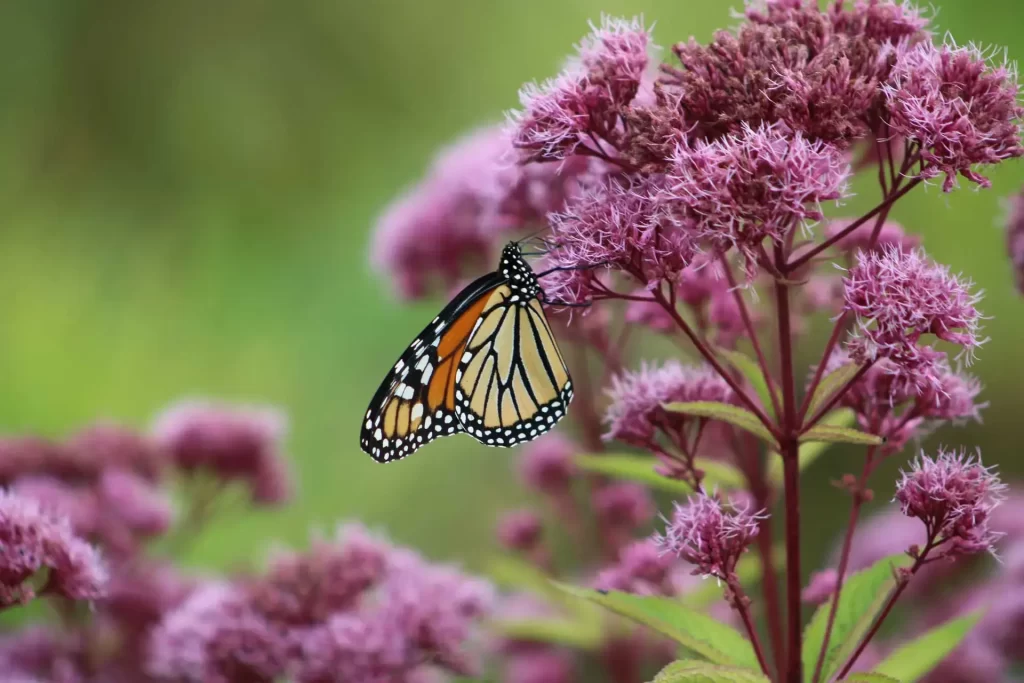
With its tall, fluffy pink or purple flower clusters, Joe Pye Weed is a butterfly magnet. This perennial blooms in late summer, providing nectar when many other plants have finished flowering.
- Pollinator Appeal: Attracts a wide variety of butterflies and bees.
- Growing Tips: Plant in full sun to partial shade with moist, well-drained soil.
- Zone: 4–9
- Height: 4–7 feet
- Bloom Time: Late summer to early fall
- Flower Color: Pink, mauve, purple
10. Aster (Symphyotrichum)
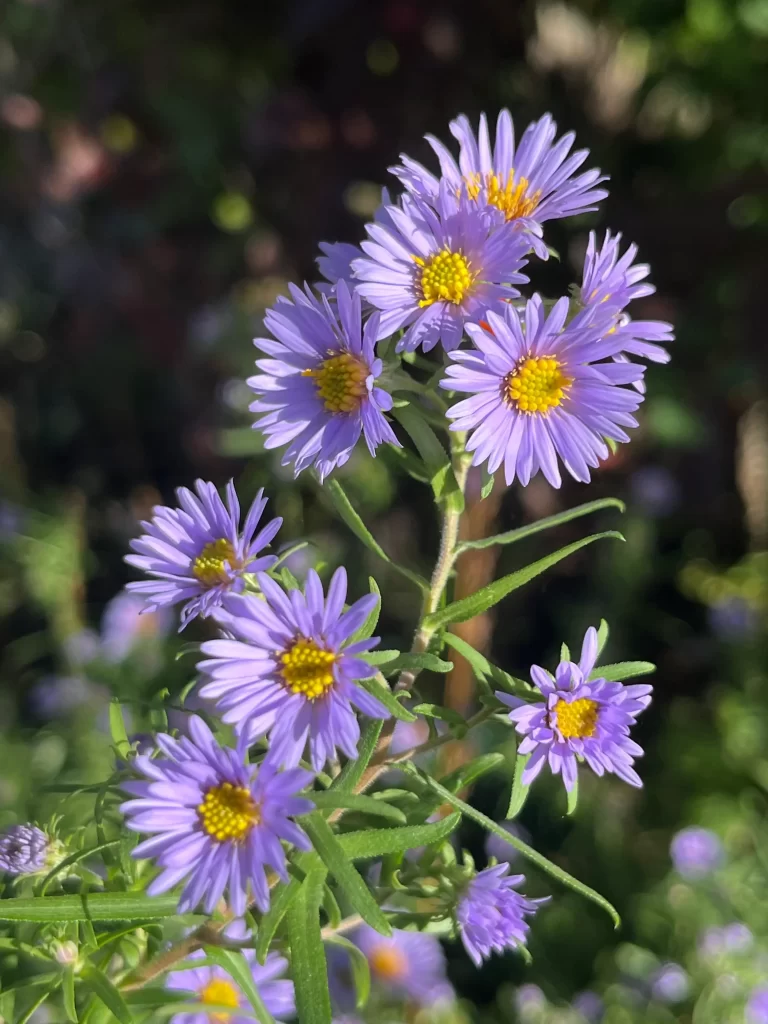
Asters are invaluable for their late-blooming period, offering a vital food source as summer fades. With colors ranging from purple to blue and pink, asters are especially attractive to bees and butterflies.
- Pollinator Appeal: Highly attractive to bees and butterflies.
- Growing Tips: Plant in full sun to partial shade with well-drained soil. Divide plants every few years to maintain vigor.
- Zone: 3–8
- Height: 1–6 feet (varies by species)
- Bloom Time: Late summer to fall
- Flower Color: Purple, blue, pink, white
11. Blazing Star (Liatris)
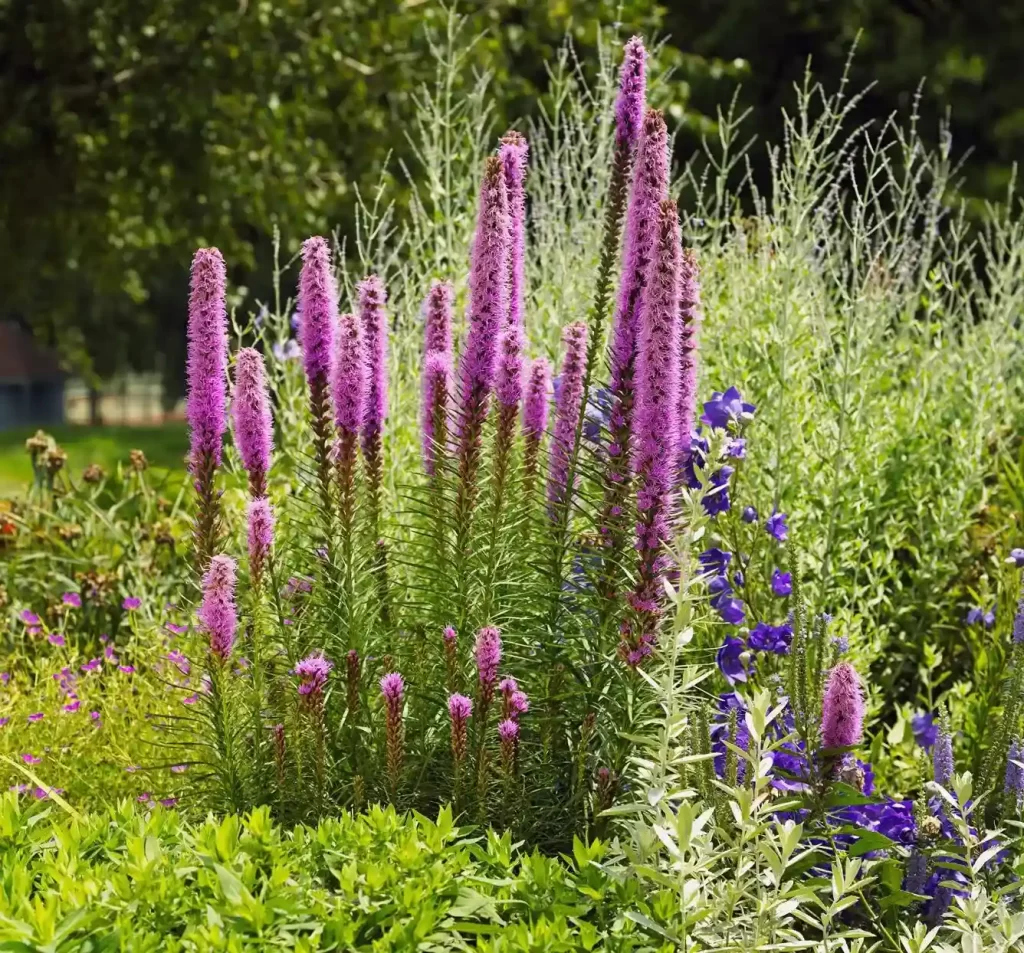
Blazing Star’s tall spikes of purple flowers add unique texture to the garden. Its nectar-rich blooms attract bees and butterflies, while the dried seed heads provide food for birds in fall.
- Pollinator Appeal: Favored by butterflies and bees.
- Growing Tips: Plant in full sun with well-drained soil. Blazing Star is drought-tolerant and easy to maintain.
- Zone: 3–9H
- eight: 2–4 feet
- Bloom Time: Mid-summer to early fall
- Flower Color: Purple, pink
12. Catmint (Nepeta)
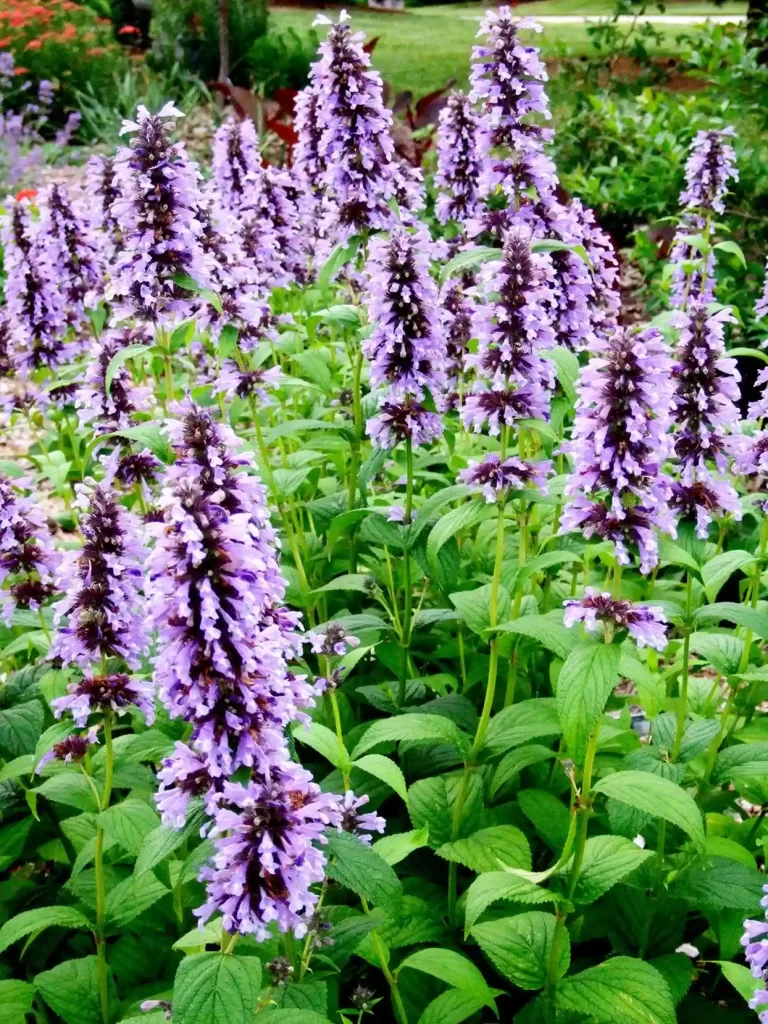
Catmint is known for its silvery foliage and lavender-blue flowers. This long-blooming perennial is highly attractive to bees and other beneficial insects.
- Pollinator Appeal: Strong bee attractor.
- Growing Tips: Plant in full sun with well-drained soil. Catmint tolerates heat and drought.
- Zone: 4–9
- Height: 1–3 feet
- Bloom Time: Late spring to early summer, with re-blooming possible
- Flower Color: Lavender-blue
Tips for Designing a Pollinator Garden with Perennials
To make the most of these perennials, consider arranging them to optimize their appeal to pollinators:
- Plant in Clusters: Grouping plants of the same variety helps pollinators locate flowers more easily.
- Stagger Bloom Times: Choose perennials that bloom at different times, providing a continuous nectar source from spring through fall.
- Incorporate Native Species: Native plants are often the best choices for local pollinators as they have co-evolved with them.
- Avoid Pesticides: Use organic pest control methods to protect pollinators.
Maintenance Tips for Pollinator-Friendly Perennials
Maintaining perennials for pollinators is relatively straightforward:
- Deadheading: Remove spent blooms to encourage more flowers and extend the blooming period.
- Dividing Plants: Many perennials benefit from division every few years to maintain their health and vigor.
- Organic Practices: Avoid chemical pesticides and fertilizers. Instead, use organic alternatives to support pollinator health.
Conclusion
By choosing the right perennials, you can create a garden that not only brings color and beauty to your space but also plays an active role in supporting pollinators. From
coneflowers and bee balm to lavender and asters, each plant offers unique benefits that contribute to a balanced ecosystem. As you cultivate these plants, your garden will become a haven for bees, butterflies, and birds, and you’ll be doing your part to support the essential pollinators that sustain our world.
Happy gardening!
